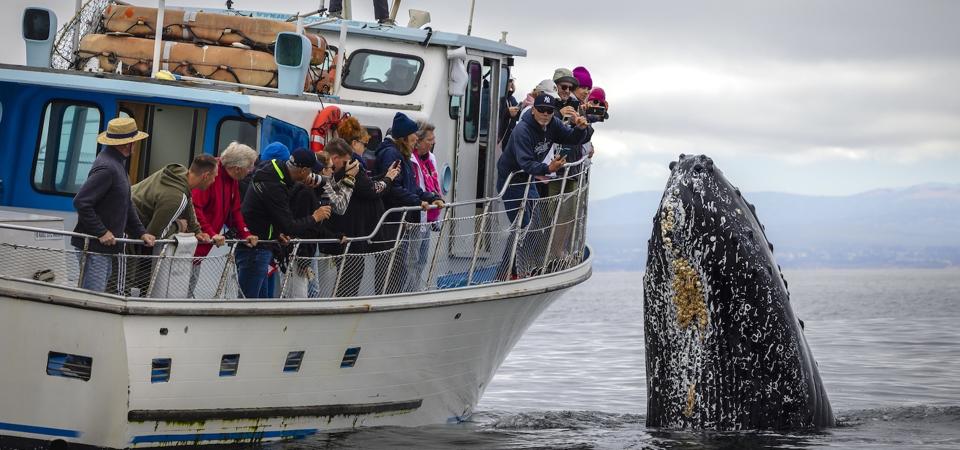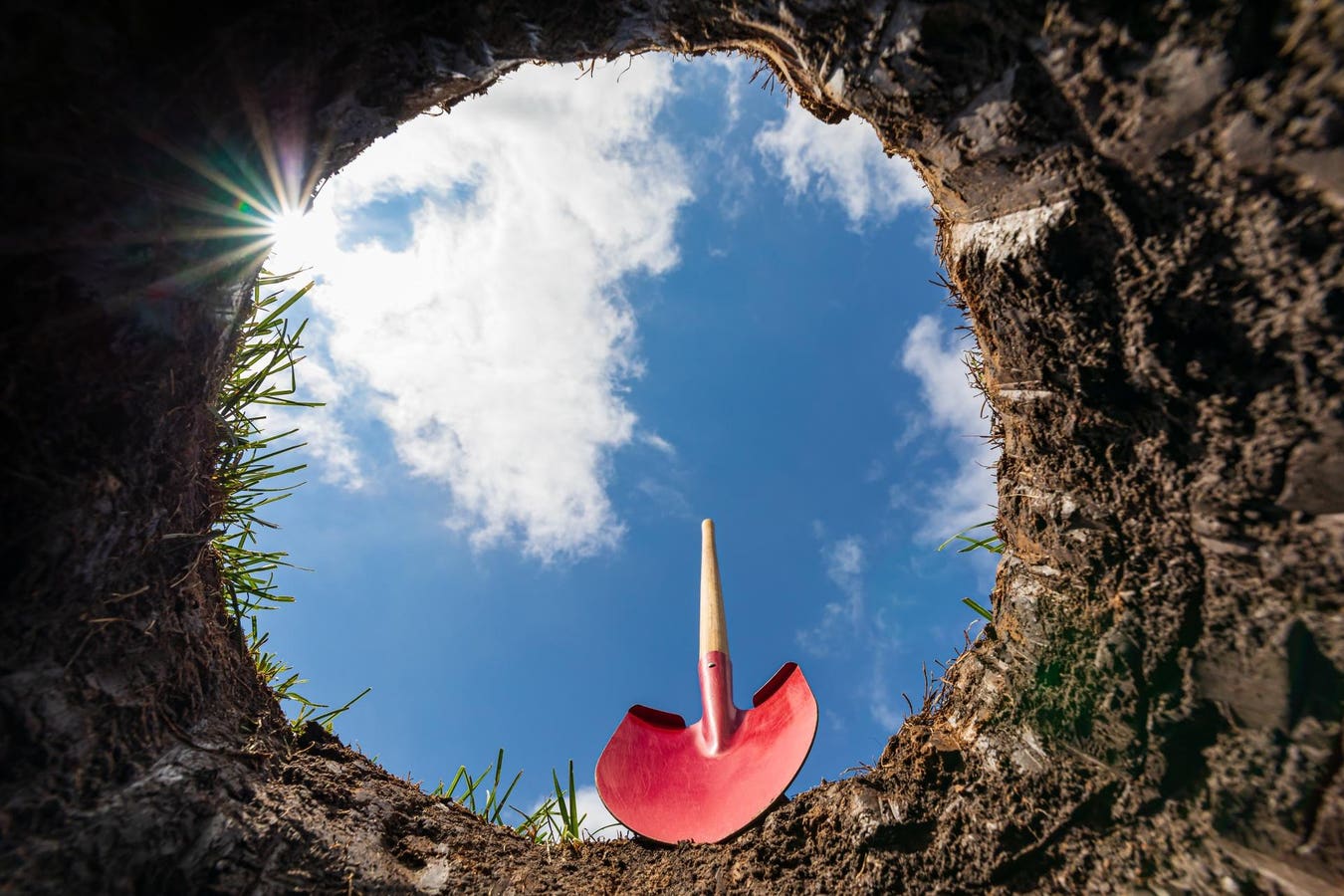Each year, Nature’s Best Photography reveals rare glimpses of the natural world. Here are four of the best from underwater landscapes.
By © Torie Hilley of Ventura, California, USA
Through visual storytelling, the Nature’s Best Photography contest bridges art and science. This year is no different, as we catch a glimpse into the often-hidden lives of species that define our planet’s aquatic ecosystems.
The 2025 competition has been particularly compelling for its portraits of water-dwelling organisms. The most highly honored photos are those that highlight species whose survival depends on specialized adaptations, honed strategically by evolution. Their lives unfold within ecosystems increasingly shaped by climate change and human activity.
The four species in the following photographs demonstrate remarkable evolutionary strategies — from mechanical defenses and niche specialization to physiological extremes and reproductive innovation.
1. Titan Triggerfish (Mayotte Island, France)
Titan triggerfish
y © Gabriel Barathieu of Mayotte Island, France
The titan triggerfish (Balistoides viridescens) is a formidable resident of Indo-Pacific coral reefs. This photograph, shot by Gabriel Barathieu’s, captures the fish’s vivid coloration and its characteristic diamond-shaped body.
These eye-catching features aren’t merely ornamental, as the titan is the largest triggerfish species in the Indo-Pacific. Biologically, the triggerfish possesses a unique “locking” dorsal spine. This evolutionary adaptation allows it to wedge itself into crevices that’d be otherwise impossible to fit into, which offers refuge from predators and intruders.
Beyond its anatomy, the titan triggerfish also exhibits remarkable behavioral sophistication. During breeding, they become highly territorial, and they aggressively defend their nests on the sandy reef floor. This behavior is one of many that it ensures the survival of their eggs against a myriad of reef predators.
Research from the Marine Ecology Progress Series suggests that triggerfish nesting aggression can displace other reef species. This, in turn, can shape the structure of the reef community. Barathieu’s image perfectly captures both the beauty and evolutionary resilience of the titan triggerfish.
2. Leopard Seal (Argentine Islands, Antarctica)
Leopard seal
By © Lars von Ritter Zahony of Giessen, Hessen, Germany
Lars von Ritter Zahony’s close-up of a leopard seal (Hydrurga leptonyx) in the frigid waters of the Argentine Islands captures more than just a charismatic predator. It hints at a much deeper ecological narrative, which has been illuminated by recent research.
A 2025 study from Ecology and Evolution challenges the long-held assumptions that labels the leopard seal, traditionally, as a generalist. For long, this assumption has rested on the leopard seal being known for consuming a wide array of prey: krill, fish, squid, penguins and, sometimes, even other seals.
The 2025 study, however, reveals that most leopard seals are actually specialists. In fact, 59% of seals in the study consistently foraged at specific trophic levels; only 13% qualified as true generalists. This individual specialization means that, although the population as a whole appears flexible, most seals are highly consistent in their dietary choices.
The study also found that sex and body size play a critical role in this. Larger females tended to forage at higher trophic levels. Males, on the other hand, were more likely to consume lower trophic prey, like krill and fish. This size-based niche partitioning suggests that physiological traits can influence ecological impact, with larger individuals exerting disproportionate pressure on certain prey populations.
3. Saltwater Crocodile And Wallace’s Flying Frog (Balangan, Indonesia)
Saltwater crocodile and Wallace’s flying frog
By © Genia Ikhfa Anindita, at age 13, of Haruai, Tabalong, Indonesia
Perhaps the most remarkable photograph of the contest comes from the youngest photographer, Genia Ikhfa Anindita. Her image juxtaposes two vastly different species: the saltwater crocodile (Crocodylus porosus) and Wallace’s flying frog (Rhacophorus nigropalmatus).
Both visually and ecologically, this pairing is a sight to behold. The saltwater crocodile is the largest living reptile. It’s hypercarnivorous, with indescribably strong jaw muscles that are capable of exerting more than 16,000 newtons of force. Its semi-aquatic lifestyle allows it to frequent both freshwater and marine environments..
Wallace’s flying frog, by stark contrast, is a master of acrobatics. Its extensive webbing allows it to glide between trees. This, in turn, enables it to exploit vertical niches in tropical forests, which reduces competition with strictly terrestrial amphibians.
4. Sand Tiger Sharks (Fish Rock Island, New South Wales)
Sand tiger sharks
By © Nicolas Remy of Sydney, NSW, Australia
Finally, the contest’s grand prize in the Ocean Views category features sand tiger sharks (Carcharias taurus), which are currently listed as Critically Endangered by the IUCN. Fish Rock Island, the location of this stunning image, is a designated “Hope Spot:” an initiative aimed at protecting key marine habitats.
As 2020 research explains, sand tiger sharks have exceptionally low productivity, with population growth rates estimated at less than 1% per year. Since females only reach sexual maturity only 9 to 10 years, and their natural mortality rates are low, even modest fishing pressure can have far-reaching impacts on their success as a species.
Yet despite being protected in many regions, sand tiger sharks continue to suffer from the effects of overfishing. As an unfortunate result, their historical abundance has declined by as much as 75% in parts of the Atlantic. Conservation efforts at Fish Rock Island have become a model for protecting marine biodiversity.
Are fish the least of your worries when it comes to the ocean? Take the science-backed Thalassophobia Test to find out how deep your fear of the ocean runs.









